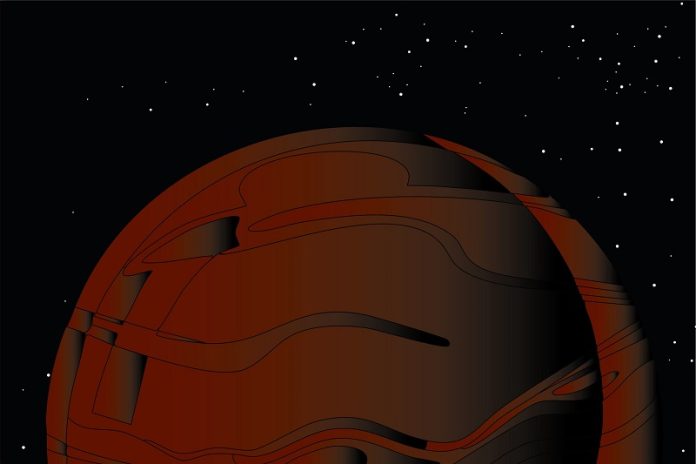
Astronomers believe that strange objects known as “dark dwarfs” may be hiding at the center of our galaxy, and discovering them could help unlock one of the biggest mysteries in science: the true nature of dark matter.
A team of researchers from the UK and Hawaii has published a new study in the Journal of Cosmology and Astroparticle Physics describing these dark dwarfs for the first time.
They also propose how we might detect them using modern telescopes like the James Webb Space Telescope.
Despite their name, dark dwarfs are not dark in appearance.
They shine with faint light, but what makes them special is their possible link to dark matter—the invisible substance that makes up about 25% of the universe.
We can’t see dark matter directly because it doesn’t emit or reflect light. Scientists only know it exists because of the gravitational pull it exerts on galaxies and other objects.
Professor Jeremy Sakstein of the University of Hawai‘i, one of the study’s authors, explains that dark dwarfs could form when dark matter collects inside small stars, especially near the center of the Milky Way where dark matter is believed to be most concentrated.
Normal stars, like our Sun, shine because of nuclear fusion—an intense process in which hydrogen atoms smash together and release energy. But dark dwarfs are thought to be much smaller, only about 8% the mass of the Sun, making them too small to sustain fusion. Under ordinary conditions, such stars are known as brown dwarfs and are very dim.
However, if these small stars are surrounded by a dense field of dark matter, something unusual could happen. If dark matter is made up of a certain kind of particle—specifically, heavy particles called WIMPs (Weakly Interacting Massive Particles)—those particles could be pulled into the star by gravity.
Once inside, the dark matter particles might interact with each other, releasing energy through a process called annihilation. This extra energy could make these dim stars glow brighter than expected, turning them into what scientists call dark dwarfs.
If true, this would not only confirm the existence of dark dwarfs but also support the theory that dark matter is made of WIMPs or something similar. Other dark matter candidates, like axions or ultralight particles, wouldn’t produce the same effect.
To detect dark dwarfs, the research team suggests looking for traces of Lithium-7. This element burns away quickly in ordinary stars, so if it’s present in a faint, glowing object near the galactic center, that could be a sign it’s a dark dwarf.
While we haven’t found a dark dwarf yet, the tools to do so may already exist. If one is discovered, it could provide powerful new evidence about what dark matter really is—and bring us one step closer to solving one of the universe’s greatest puzzles.



